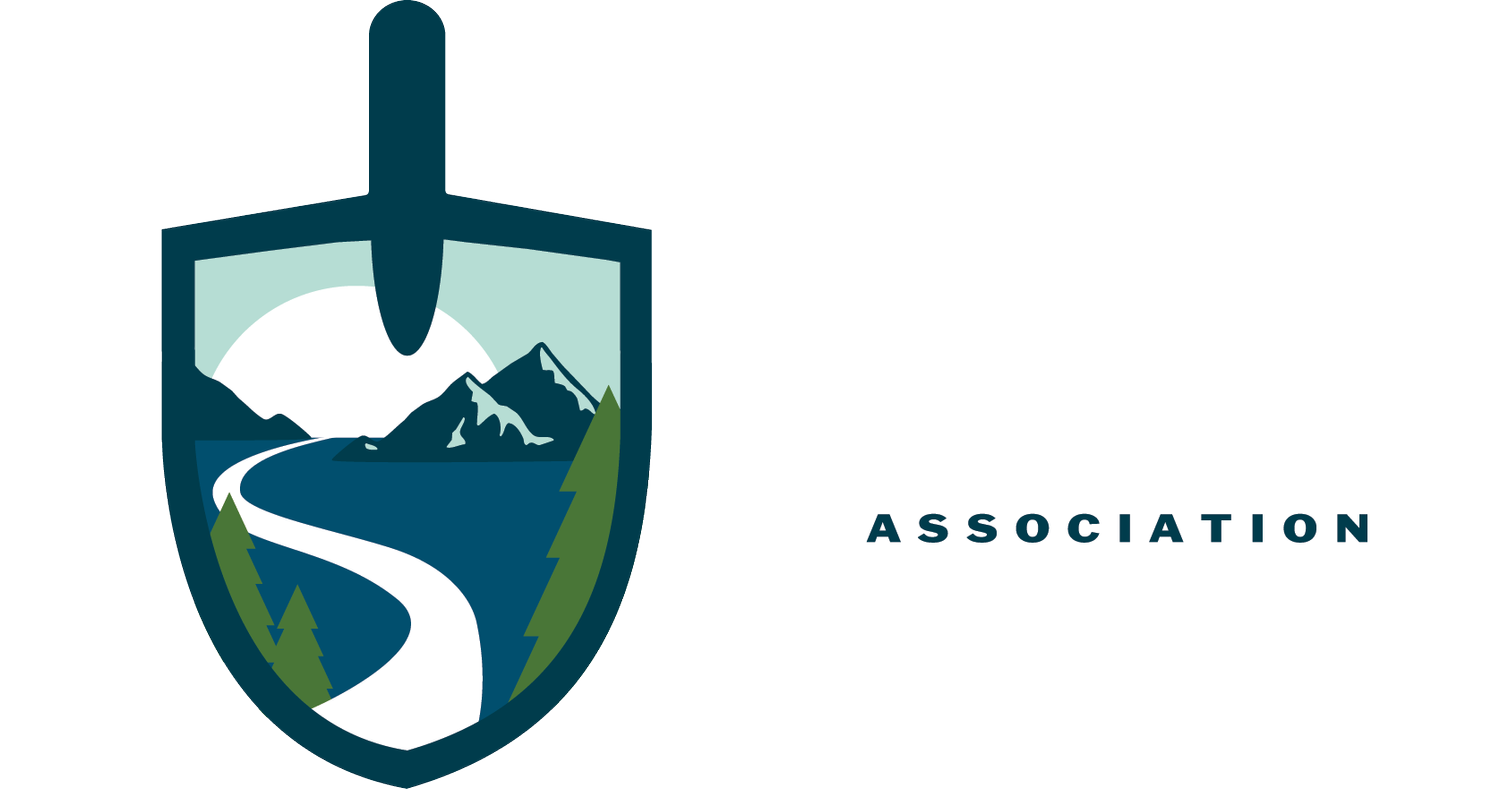Instructors: Jim La Hatt, P.E., La Hatt Engineering Corp and Gerry Wilbour, Northwest Trails
Cost: $120 per person (includes lunch)
Workshop Dates: March 17, 2017 (one day)
Time: 8:30 am - 5:00 pm each day
Where: Riverhouse Conference Center
Description:
This workshop will explore the various issues involved in planning; design and engineering of trail structures. The structural portion of the workshop will be given in two parts; the first elements we will explore are the basic structural and engineering issues. Ignoring engineering needs can lead to poor, inadequate, unsafe or unsustainable structures. Over engineering especially by the misapplication of design load criteria can be costly and lead to difficult implementation issues. We will discuss the important differences between highway loading, habitable structural loading and trail appropriate loading (such as hiker, equestrian, bike, & trail equipment loading) and how to apply these criteria to the successful design of practical, efficient, aesthetically appropriate and cost controlled trail structural features. Second, we will explore the real world application and cost of these structural criteria. Structural types that will be discussed include footlogs, solid sawn, laminated, steel, aluminum and composite stringers, as well as truss and suspension bridges.
Bridges often become a significant visual feature and/or viewing platform within a trail system. We will discuss a variety of ways that designers have woven appropriate aesthetic appeal into their structural decisions. The guidance of the Recreation Opportunity Spectrum (ROS class) for federal land managers will be covered. We will also cover appropriate design criteria for safety standards. These will vary by land owner/manager, the type of trail, adopted standards (if any), and remoteness of the site including ROS class on federal projects. Good bridge site selection is often the most critical piece of the planning and design process and it’s always site specific. We will cover appropriate design guidelines and examples.
We will take a short excursion to visit and discuss nearby features. Please bring examples from your experience to discuss and share.
Appropriate For: Anyone who is involved in the management, design, engineering and construction of trail projects or systems with bridges or other structural features.
Instructors:
Jim La Hatt, P.E., La Hatt Engineering Corp
Since graduating in Engineering from Washington State University in 1979, Jim has had a diverse career in professional engineering, teaching and construction including completing over 2000 various structural and civil projects. At La Hatt Engineering, he has been responsible for the structural analysis and design of concrete, steel, aluminum, wood and masonry structural systems in addition to earthwork and earth retaining systems. He has also been responsible for the design and engineering of more than two dozen public and private trail bridge structures. He has sat on the City of Bellingham’s Board of Code Appeals and currently teaches at Washington Engineering Institute.
Gerry Wilbour of Northwest Trails Inc, has an extensive background in planning, designing, estimating and developing trails and trail systems. In the last 30+ years, he has designed and/or built over 300 trail bridges, boardwalks and other structures from the most remote Wilderness bridges to urban bicycle structures. He has shared the depth of his experience on a variety of trail related subjects to local, regional and national workshops and training sessions.
